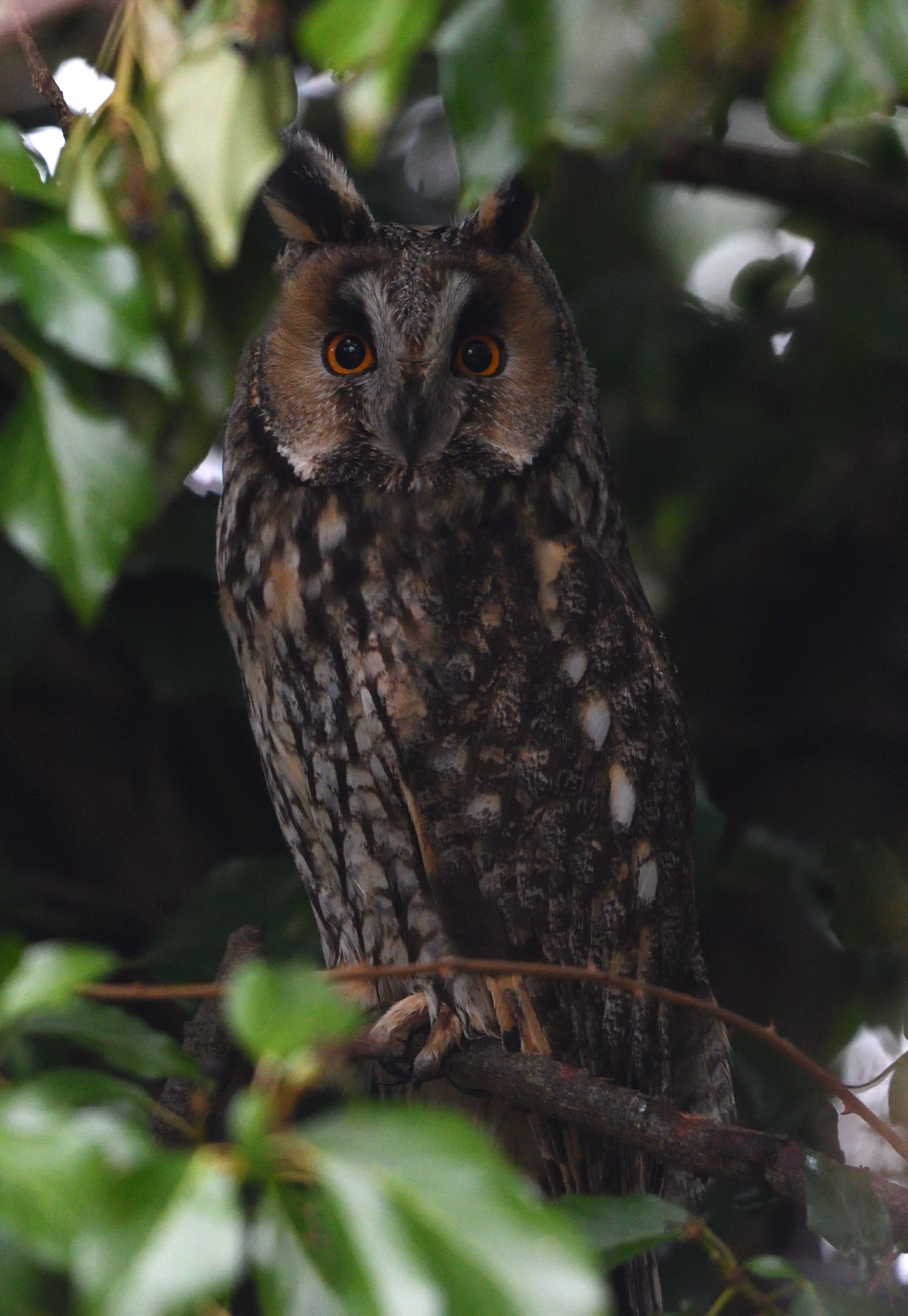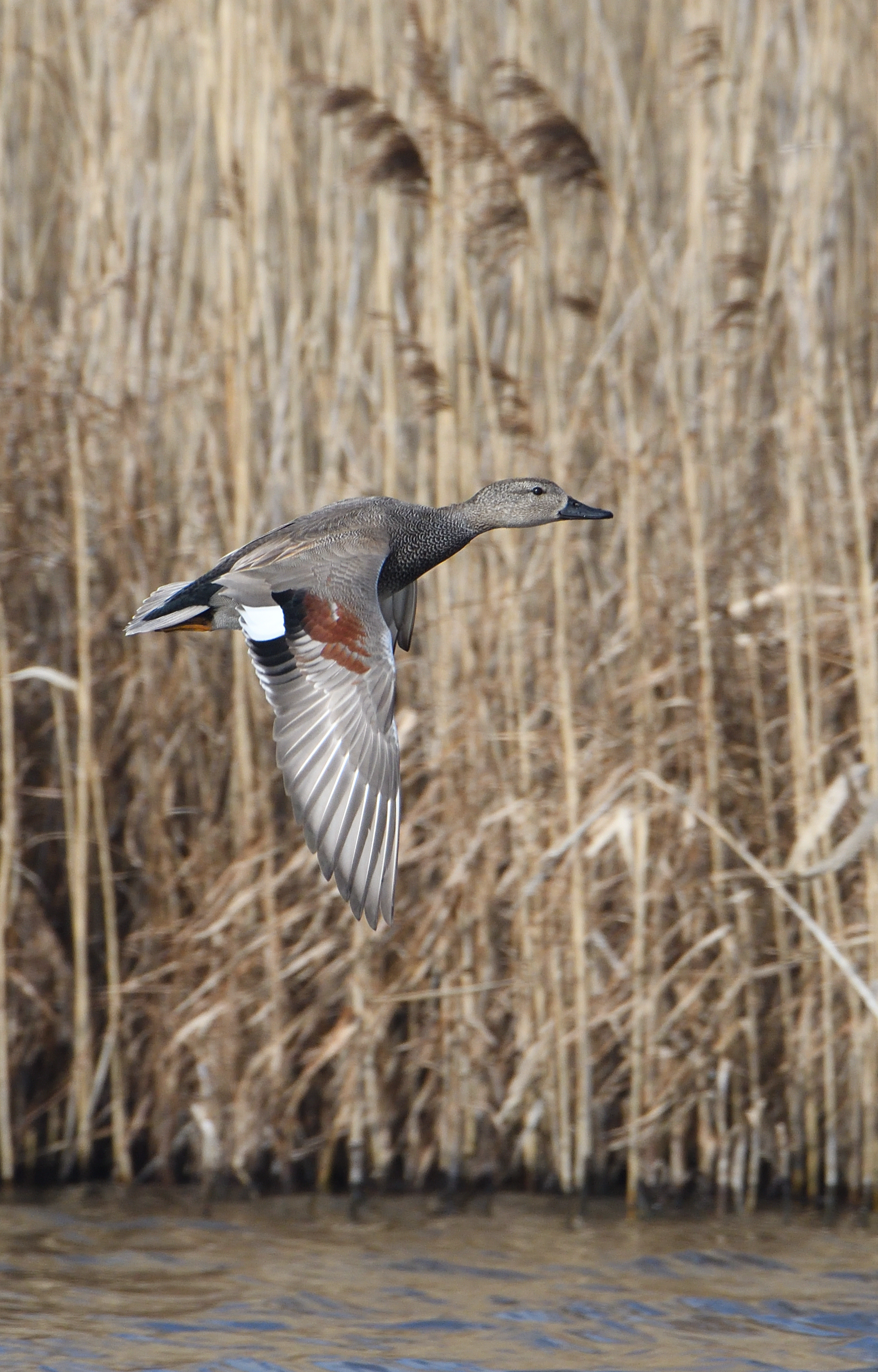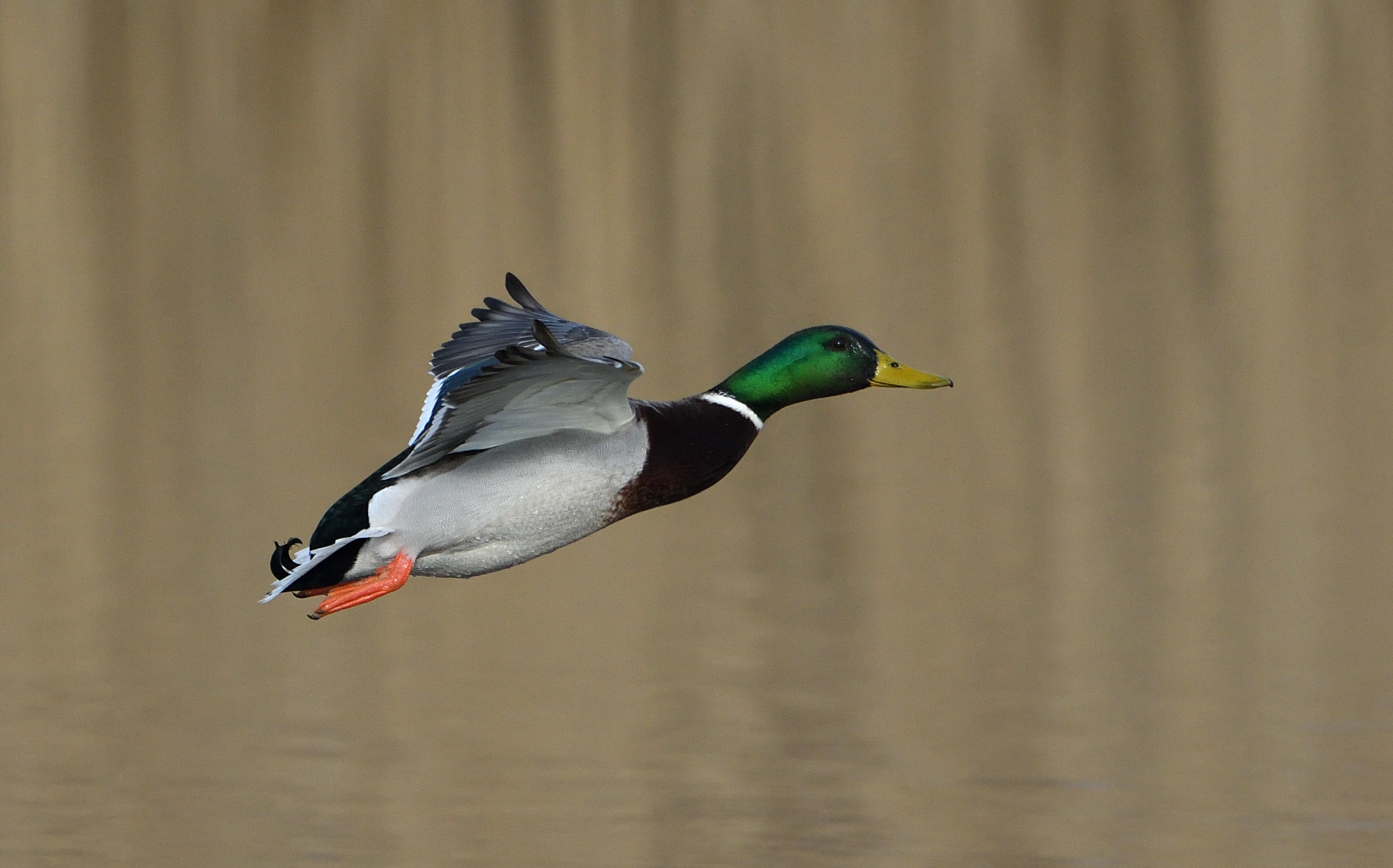Marshes and Reed Beds in late Winter
"What time did you get here"?, was the question that came as someone entered the hide around lunchtime........."06.30, just before sunrise" I replied........a short delay and then came their response, "Blimey, you won't die from stress will you".
Well, that just about sums up why I enjoy wildlife so much and spend so much time dedicated to recording it on camera. Being 'at one' with wildlife, is something that I have enjoyed since childhood and almost 70 years later, I could not imagine my life without it. Many people enjoy seeing wildlife and being in the countryside, but it's not until you let it totally immerse you, that you benefit from natures true peace and healing powers. - It's true that i'm obsessed with its power and wonders. I don't watch wildlife, I experience it, I become part of it, I understand it!
Studying animal behaviour, opens up such a huge understanding of nature and the battles that every creature undertakes in its daily fight for survival. From the smallest insect, to the largest mammal, they all have similar lives to ourselves, the same emotions, fears and dreams. By spending time with them, allows us a 'window' into those lives and gives us an empathy for them.......Study the life of a wasp, and you will never 'swat' one again!
All of which, brings me back to one of my favourite wildlife locations. Stodmarsh Nature Reserve, in Kent. It is one of the areas largest wetlands and reed beds, and the home to a large variety of creatures. When I visited this time, it was the end of february and a quiet time of year, as the winter visitors had moved on and we were awaiting the springtime arrival of the summer visitors. Nonetheless, each day I was able to 'experience' the lives of some of the local inhabitants.
The following images were taken over a two week period, with variable weather conditions, which included sun, rain, cloud and snow!
 |
| Long Eared Owl |
The Common Coot is an iteresting bird, which I have always described as the delinquent of the reed beds. They are forever chasing each other and fighting, sometimes to the death! Their legs and feet are vastly out of proportion with their bodies however, which can make for some spectacular images. The following sequence was witnessed by myself and some other photographers and we were all convinced that this fight has resulted in one of the birds having been drowned. It had been held underwater for at least 3-4 minutes, but somehow survived!
 |
| This attack was relentless and we have no idea how the victim survived! |
The Greylag Goose is one of our largest geese and widespread throughout Europe. Although originally winter migrants from the Arctic, they now are found all year round.
The Mallard, is always to be seen and one of our most common ducks. As such, it is often ignored by me, as 'boring'. However, it is without doubt, one of our most colourful waterfowl and deserves its inclusion in this blog......those incredible colours!
To finish off, here are some additional images, of a variety of birds that I enjoyed seeing.......
 |
| Female Gadwall in 'comical' pose |
 |
| Tufted Duck looking cross! |
 |
| I love watching Coots taking off. |
 |
| Low level Swan in the early morning light! |
 |
| Kingfisher almost made me feel 'at home'. |
 |
| Once a rare sight, Cattle Egret seem commonplace nowadays. |



.JPG)
.JPG)

.JPG)
.JPG)

.JPG)



.JPG)



.JPG)


.JPG)






.JPG)
.JPG)













Stunning set of photos. Love the Gadwell it made me smile.
ReplyDeleteI don't watch wildlife, I experience it, I become part of it, I understand it! If only more people thought along those lines. Having just come back from RSA I was horrified that every rhino we saw had been dehorned to try and save them from poachers. It is a sad situation.
Hope all is well, Diane